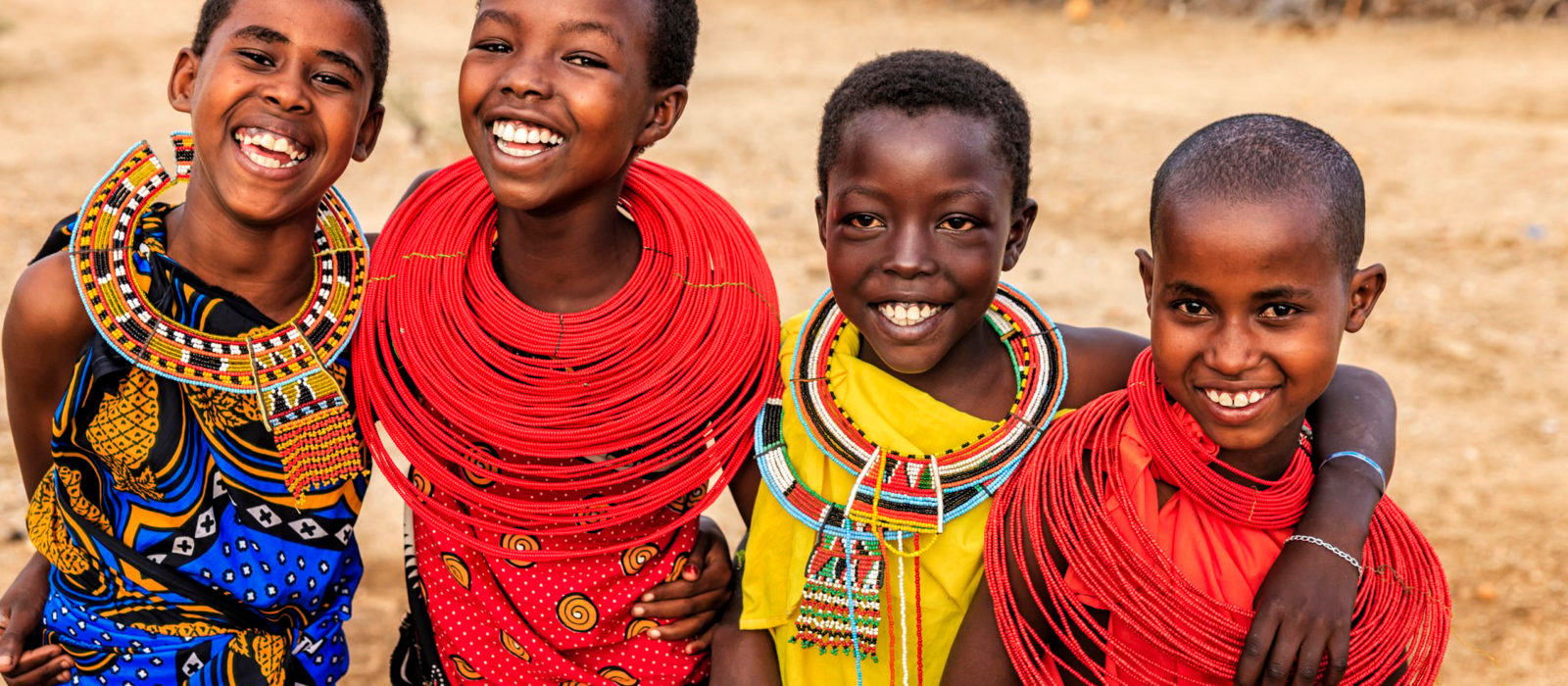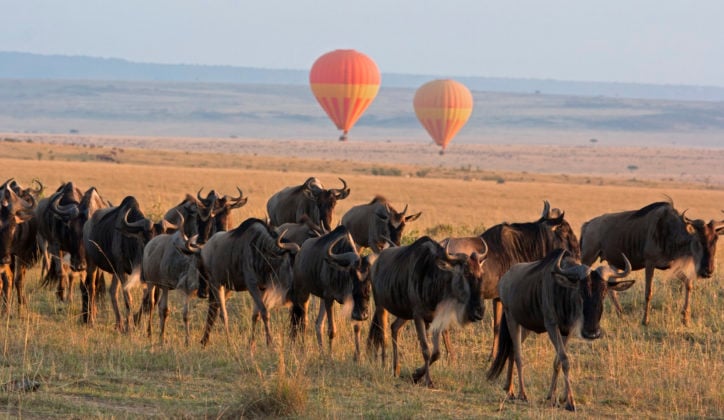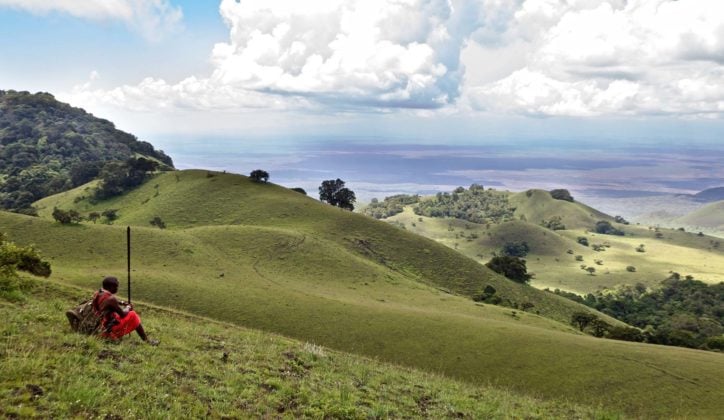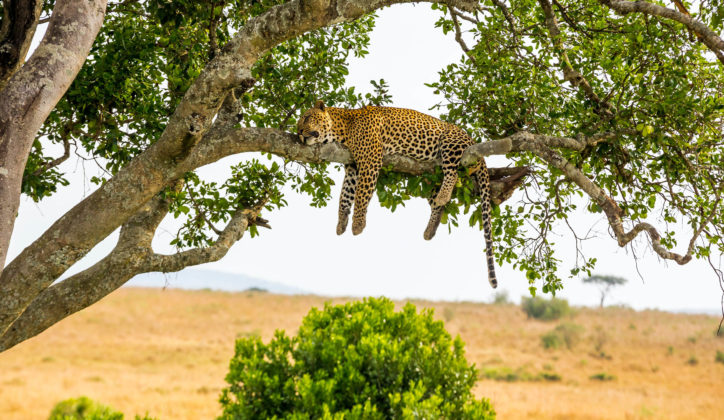Published on: September 29th, 2017
Last modified: July 27th, 2023
Kenya is a magical place. It’s not just the incredible diversity of the wildlife and spectacular African sunsets, the awe-inspiring landscapes or the rich culture. It’s not simply the call of a lion echoing across the plains as you drift off to sleep, or the early morning mist that hangs in the air when you wake up.
It is all of this combined with its people, whose love for their country - and its future - is incredibly strong. This is what makes Kenya so incredibly special. Here's our ultimate guide to experiencing the best of this unique country.

Why travel to Kenya?
The wildlife
The concentration and variety of wildlife in Kenya is astounding. It was where the concept of the safari began over 100 years ago, and its popularity has never waned. Vast open plains teem with animals, including Africa’s Big Five – lion, leopard, buffalo, elephant and rhino – as well as over 1,000 species of bird and hundreds of species of mammal.
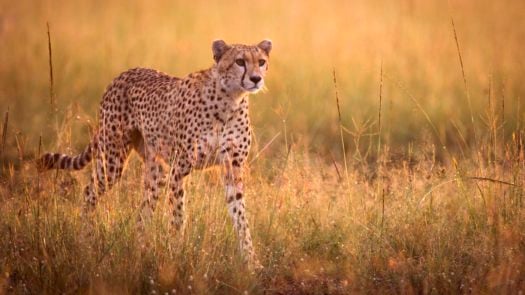
As with many countries in Africa, conservation in Kenya is a priority. Protecting endangered animals and helping both the wildlife and local communities thrive in areas where their paths cross, are issues that come into play every day. Travelling responsibly to Kenya helps ensure the survival of its majestic animals.
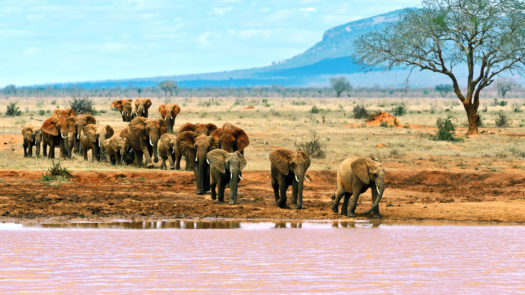
The Great Migration
Every year between July and October, 1.5 million wildebeest and hundreds of thousands of zebra follow the rains through the Serengeti National Park in Tanzania and Kenya’s Maasai Mara. The Mara River on the border between the two countries marks the most treacherous point of the journey.
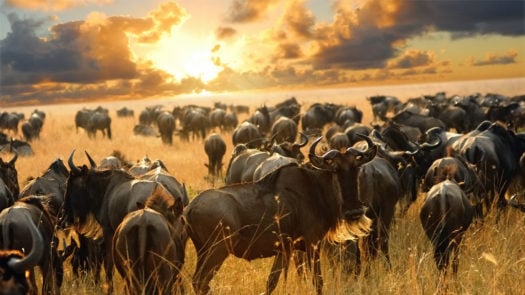
Here crocodiles lurk beneath the surface of the water, waiting to pick off the weaker members of the herd. The sound of hooves thundering across the plains and the spray of the water as they crash through the river is an incredible sight and one of Africa’s premier wildlife experiences.
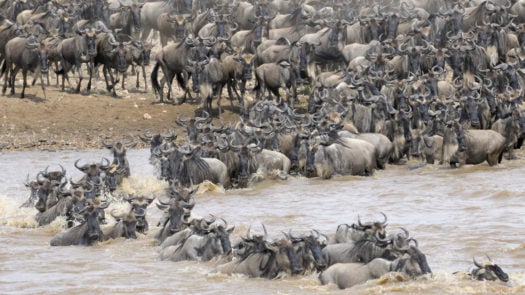
Incredible landscapes
There are few countries with landscapes as diverse as Kenya. From the Great Rift Valley and its network of lakes, to forested volcanic cones and dusty plains that stretch as far as the eye can see, there is a myriad of different environments and ecosystems to explore.
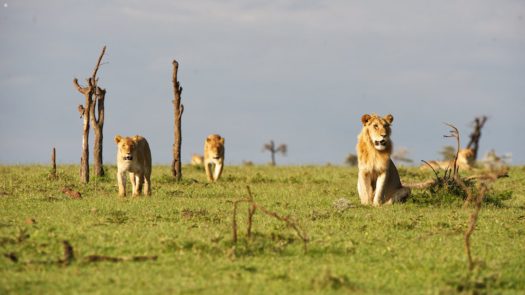
Mount Kenya, with its glacier-clad summits and densely forested slopes, is Africa’s second tallest peak, and nestled to the west is Lake Victoria, the world’s second largest freshwater lake that spreads across Kenya, Tanzania and Uganda. To the east, the sparkling waters of the Indian Ocean lap against Kenya’s shores.
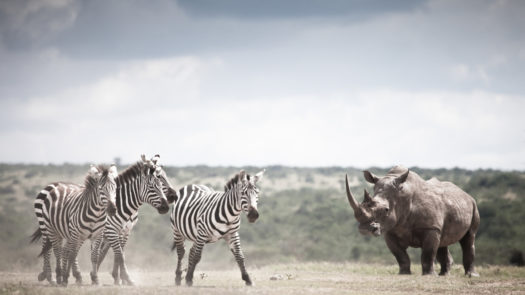
Culture
There are more than 40 ethnic groups in Kenya and much of the country’s land is shared between the animals and these communities. Tribes such as the Maasai and the Samburu are pastoralists, following the rainfall in search of fresh pasture and water for their cattle, camels, goats and sheep.
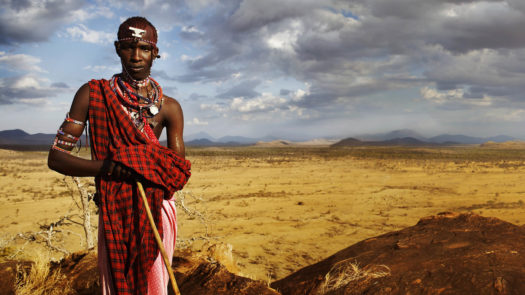
The Maasai reside in southern Kenya and northern Tanzania while the Samburu tribe can be found across Kenya’s northern plains. Both tribes are speakers of the Maa language and are noted for their traditional dress – colourful wraps and stacks of beaded jewellery are a common sight while on safari in Kenya.
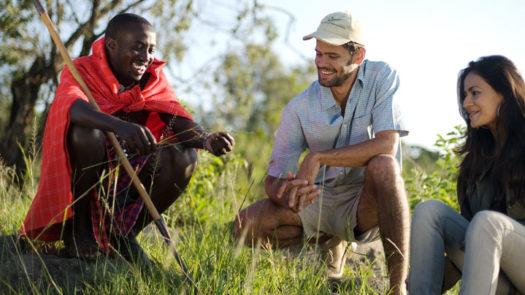

Where to go in Kenya
Kenya has some of the world’s most famous national parks, but instead of making a beeline for the big names, we’ve pulled together our favourite locations for a much more exclusive experience.
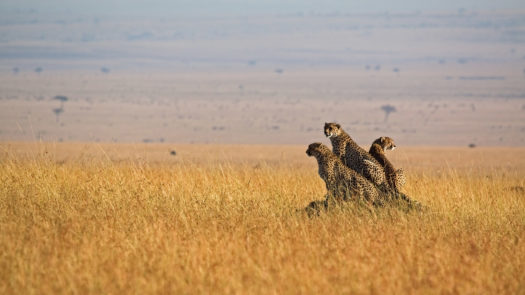
Nairobi
Most trips to Kenya start and end in Nairobi, but unlike other destinations, you don’t need to waste precious time in airport hotels. A short 20-minute drive from Jomo Kenyatta International Airport brings you to the eastern gate of Nairobi National Park and immediately your African adventure begins. The wide grassy plains are home to lions, rhinos, cheetahs and giraffes, Nairobi’s skyline looming in the distance.
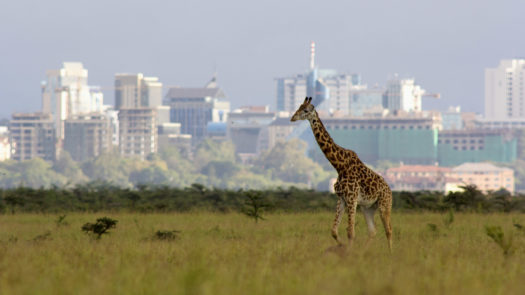
The David Sheldrick Wildlife Trust is a must when visiting Nairobi. Dedicated to the conservation, preservation and protection of Kenya’s wildlife, at its heart is its orphan’s project, an elephant and rhino rehabilitation programme that looks at releasing animals back into the wild.
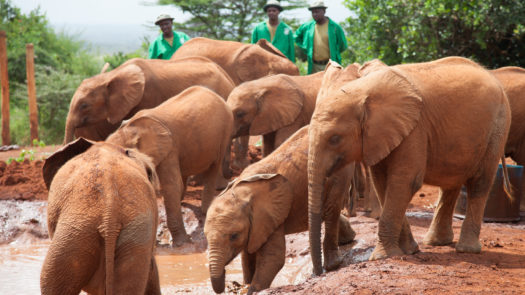
There is no need to stay in the city, either. Giraffe Manor is a boutique hotel located within 12 acres of private land in the Langata suburb of the capital. The property dates from the 1930s when the first Europeans flocked to East Africa to safari and is home to eight endangered Rothschild giraffes that make daily visits to the house.
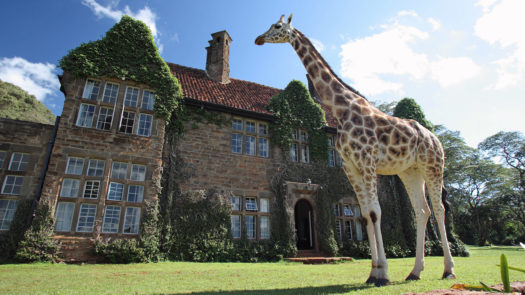
Located within the park itself, Emakoko is a great option with just ten rooms, each featuring a private verandah looking out over the plains. It is then a short drive to Wilson airport where you can travel onwards to your next safari camp or lodge.
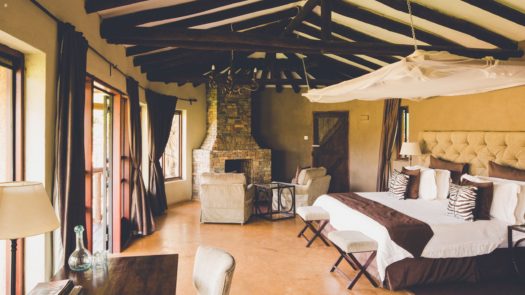
The Mara Conservancies
Not ones for sitting still, much of Kenya’s wildlife lives outside the borders of the National Parks and Reserves. These areas belong to landowners, either an individual or a community, and often encompass important migratory corridors. Conservancies are areas of land co-managed between tourism partners and the landowners themselves, which in this instance is the Maasai.
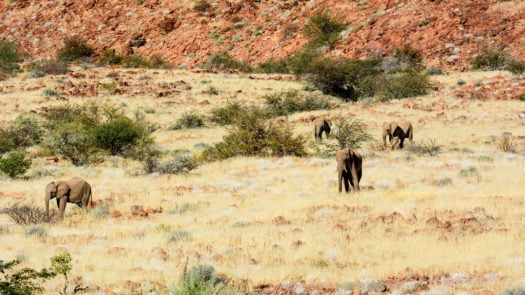
Land is leased from the Maasai and the funds generated by tourism are fed back into the community – a model that protects the ecosystem and benefits the landowners. A safari in the Mara Conservancies is an unforgettable experience with visitor numbers far fewer than in the neighbouring Maasai Mara National Park.
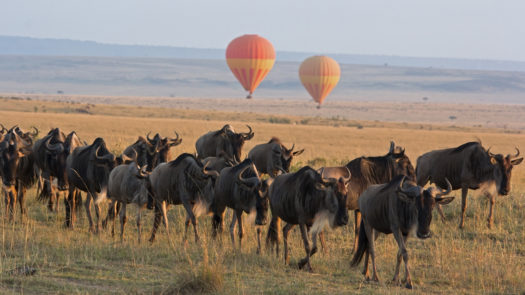
The famous river crossings during the great migration take place within the Maasai Mara National Park, and you may well want to cross over to witness this phenomenon. However, be aware that it does get very busy and staying in the Conservancies provides a welcome retreat to come back to.
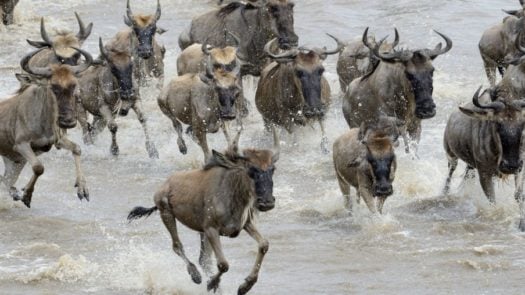
Chyulu Hills
North east of Amboseli, you’ll find the rolling green hills and volcanic cones of Chyulu Hills. They are some of the world’s youngest volcanic hills and underneath them lies a vast network of lava caves, which can be explored on foot. This very important ecosystem is protected from farming and home to some of Africa’s giant elephant bulls.
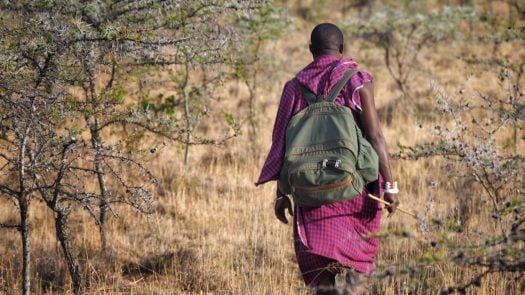
Chyulu forms an important corridor for animals living in Tsavo and Amboseli and as a result, offers wonderful game viewing. The hills are quieter than nearby Amboseli and home to some incredible luxury lodges.
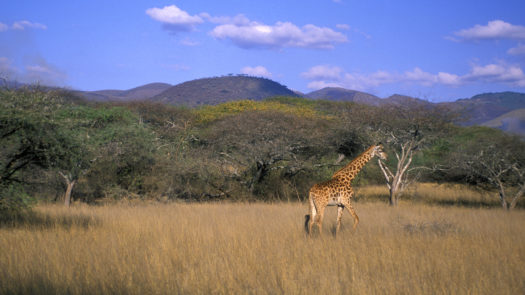
Samburu
Samburu, the homeland of the Samburu people, lies further north and is very arid in comparison to Kenya’s other parks and reserves. A real have for wildlife lovers, the park is home to species you won’t find anywhere else in Kenya.
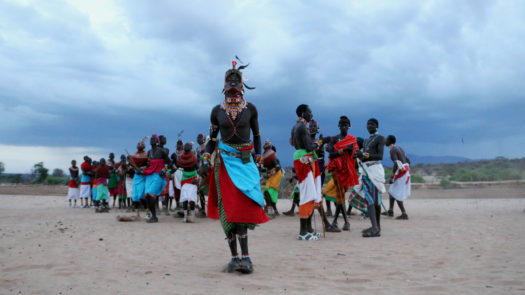
Keep your eyes peeled for the Grevy’s zebra, a larger animal with thinner stripes that go all the way down their hooves; the Gerenuk antelope which eats on its spindly hind legs; and the Somali ostrich with its distinctive blue skin on the neck and thighs.
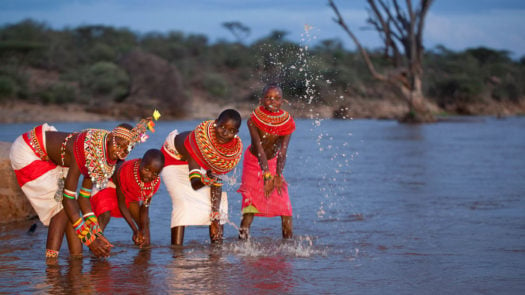
Solio Private Reserve
Located between Mount Kenya and Aberdare National Park, Solio Private Reserve is recognised as the most successful private rhino breeding reserve in Kenya. The reserve was established in 1970 after the Kenya Wildlife and Conservation Management Department approached the owner of the existing ranch and a portion of the land was set aside for conservation.
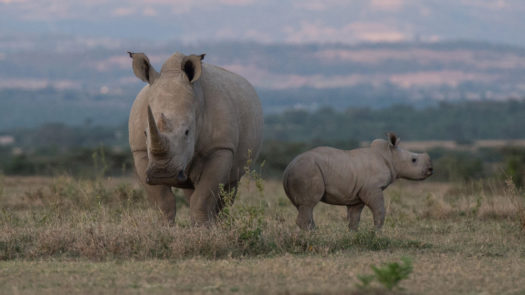
The breeding programme has been so successful that rhinos bred here are transported to other national parks in Kenya. As well as sightings of white and black rhino, you can expect to see buffalos, zebras, giraffes, leopards, lions and cheetahs.
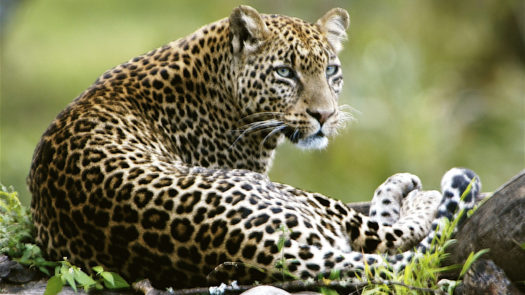

Where to stay in Kenya
Tented camps are a great option while on safari. But if you thought that meant wrestling with poles and hammering pegs into the ground, then think again. Luxury camps are a wonderful way to connect with your surroundings and experience the true spirit of the African bush.
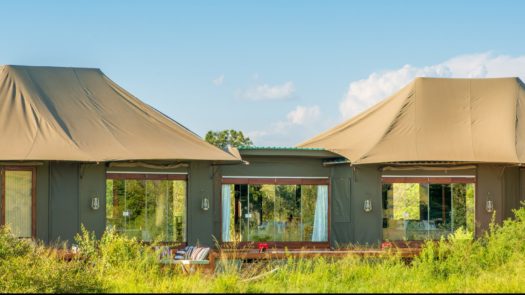
Hearing the melodic chirping of the birds, the rush of the river, and roars that travel for miles across the plains is a really special experience. Some tented camps can even be packed up and moved to wherever is best for wildlife at that particular time of year.
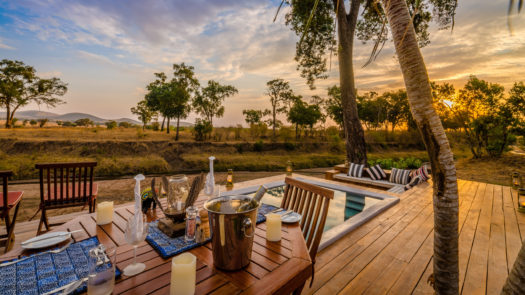
The other option is to stay in a luxury lodge. These tend to have more facilities as well as air conditioning in the rooms, great for those that worry about the heat. There are camps and lodges perfectly suited for families, with private plunge pools and activities tailored towards children, and others that offer the privacy sought after by honeymooners.
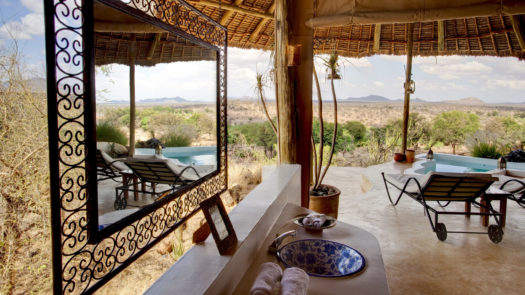
All will offer morning and evening game drives, as well a range of activities such as birdwatching, visits to local villages, horse riding and guided bush walks. Some even offer spa treatments. Our Travel Designers have hand picked their favourites, chosen for their location, service and unfaultering commitment to conservation.
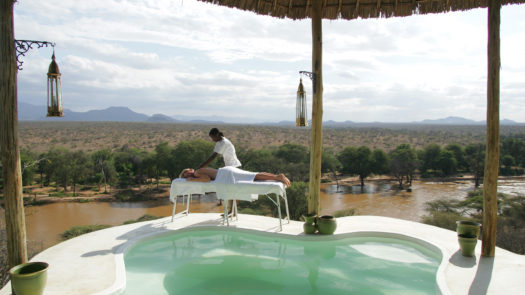

What to expect on a Jacada safari
Heading out into the wild, not knowing exactly what lies around the corner, makes going on safari an exhilarating and hugely rewarding experience. We work with some of the best guides and trackers in the business who know the local area like the back of their hand.
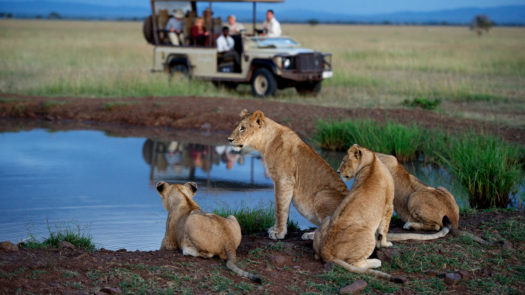
The day starts early out in the bush, but biscuits and a cup of steaming coffee delivered to your tent make sure you’re off to a promising start. You’ll then head out on your morning game drive, which lasts around three hours. Animals tend to hunt under the cover of darkness and the morning after the night before is (usually) more dramatic than it is for their human counterparts.
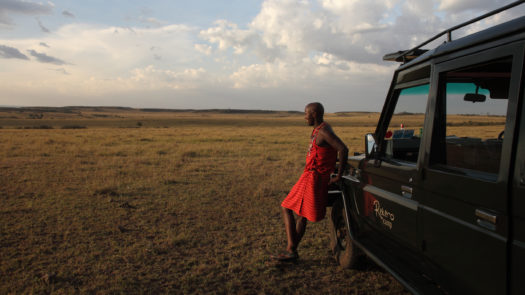
You could happen upon a pride of lions feasting on a carcass, or a leopard nestled in the nook of an acacia tree, devouring its kill. But even if you don’t – one kill will usually last around five or six days – this is still a great time to observe animals rising from their slumber. Setting out early means you also beat the heat of the midday sun. Jacada vehicles are kitted out with water, radios for keeping in touch with other guides and trackers, as well as blankets and sandbags for cameras.
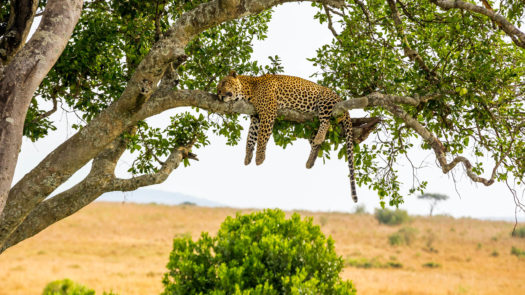
Breakfast is then enjoyed back at camp followed by some time spent reading, lounging by the pool or simply gazing out across the incredible landscapes that unfold before you. At around four o’clock you will head out on an evening game drive, stopping for a sundowner before making your way back to camp for dinner and drinks under the stars.
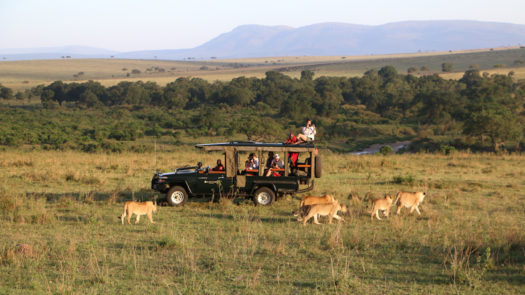

Special safari experiences
Kenya has so much to offer and a safari in this beautiful country is everything an African wildlife adventure should be. For those looking for something a little bit different to make their trip truly unforgettable, there are a number of experiences to choose from.
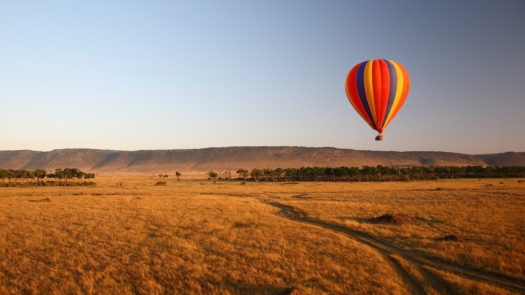
One way to really connect with your surroundings is on a walking safari. This could be anything from a three-hour hike that starts from your camp to an epic multi-day adventure that involves pitching a new camp every night and cooking on an open fire. This is a simple but incredible experience. You’ll see game, but it’s much more about noticing the little things.
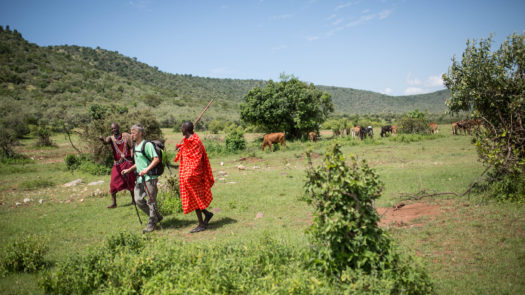
You’ll be picking out and identifying tracks, observing animal dung and spotting the ‘little big five’ – elephant shrew, ant lion, rhinoceros beetle, buffalo weaver and leopard tortoise. A walking safari offers something completely different to a game drive, and is also great for active people with ample opportunities for rock climbing.
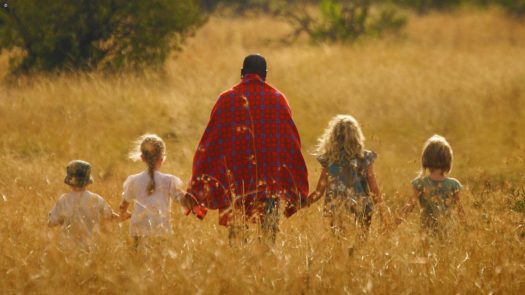
Hot air balloon ride
Take to the skies on a hot air balloon flight and enjoy sweeping views of the surrounding landscape as you drift quietly through the air. The landscape is bathed in the early morning light and you’ll see animals begin to stir as the sun’s rays signal the start of a new day. The experience ends with a champagne breakfast on the plains.
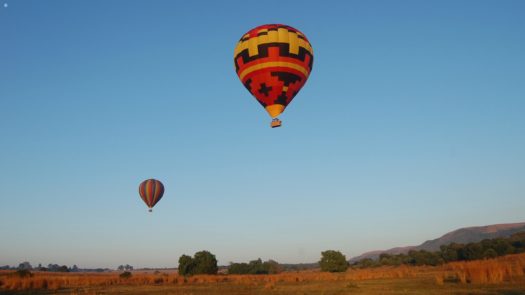
Scenic flight
Another way to get great aerial views is on a scenic flight. With Tropic Air Kenya you can fly over the Great Rift Valley, Mount Kenya and the Great Lakes in a helicopter or a fixed wing plane and truly appreciate the vastness of this country’s epic landscape.
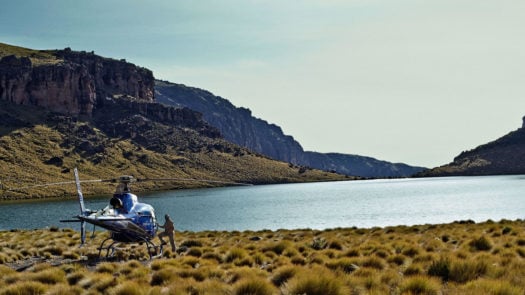
Camel rides
Camel rides are a wonderful and different way to explore your surroundings and can be done through Sasaab Lodge in Samburu. The lodge has five resident camels and guests can ride them, alongside a guide, to a scenic spot for a sundowner.
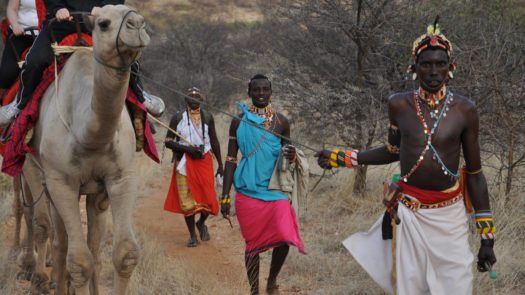
Horse riding
Riding these beautiful animals is a great way to connect with your surroundings. Spotting game while on horseback is a totally unique experience and offers something very different to game drives. There will always be horses suitable for different abilities from novices to more experienced riders, and most excursions end with a delicious breakfast or picnic in the bush.
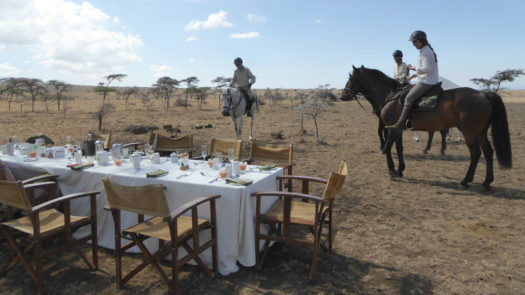
Our top Kenya example trips
Talk to one of our expert travel designers and start creating your once-in-a-lifetime trip to Kenya.
